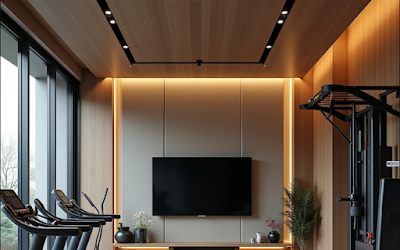When it comes to the game of tennis, there are many different types of courts you can choose to play a match. Each kind of court affects the speed and characteristics of the game differently.
Therefore, some tennis players prefer a different court type because it works better with their particular playing strengths. In addition, each specific court surface has a different effect on ball bounce.
It’s helpful for tennis players to understand the different types of tennis court surfaces.
Grass Courts
When the sport of tennis began, people traditionally played on a grass court. Tennis originated in Britain in Victorian times, initially referred to as lawn tennis because people commonly played in gardens and on lawns.
Several tournaments today still occur on grass courts. Wimbledon, for example, is played on a grass court.
The most renowned Grand Slam Tournaments also take place on grass tennis courts. Matches played on grass tend to be faster since the ball moves with greater speed on these types of courts.
Hard Courts
Hard courts made out of acrylic or synthetic layers lay on top of a concrete foundation. You may also find hard courts made from rubber and resin. These courts are very easy to maintain, with something like this Worx leaf vacuum often being all that is needed to keep the courts ready for play.
Some tournaments that use acrylic hard courts are the Australian Open and the US Open Grand Slam. Tennis balls tend to bounce much higher on the surface of a hard court than that of a grass court.
This bounce causes matches to be slightly slower than the fast matches of grass courts.
Clay Courts
Crushed brick or shale stone makes up the composition of a clay tennis court. There are two different types of clay courts. There are red clay courts and green clay courts.
Red clay is more common and often used in Latin America and Europe. For example, the French Grand Open Tournament uses red clay courts.
In comparison, green courts are far less common and typically found in places like the United States and Canada. Clay courts are slower to play on because they cause a high ball bounce, thus leading to longer rallies.
***
Now that you understand the different types of tennis court surfaces, you can begin figuring out which type of court is the best for you.













































